Contact Details

BIG DAISHOWA has introduced the C3 program, an expansion of the BIG CAPTO tool holder line, designed to increase efficiency and precision for small lathes.
The C3 series of MEGA NEW BABY chucks has a clamping range of .010-.630” with a maximum RPM of 30,000. These make excellent choices for drills, reamers, taps and finishing end mills. Ultra-slim and strong, they provide reliable gripping for even the smallest workpieces.
The BIG CAPTO C3 square holders for turning applications come in left and right orientation. The turning application holders—C3-180-BH16R-2058 and C3-180-BH16L-2058—are mono-block holders. Their insert clamps are tough and reliable, adding on to the already inherently high rigidity of mono-block holders. The resulting higher rigidity minimizes vibrations and movement during cutting, improving accuracy and efficiency.
The new square tool holders are available in 90° and 180° types. The 90° type offers a variety of orientations, including perpendicular to the workpiece. Its compact design also allows for work in spaces that are tighter or have limited clearance. The 180° type, meanwhile, allows the tool to machine harder-to-reach areas of the workpiece.
Due to the limited space for smaller lathes and mill-turn machines with C3 clamping systems, integral C3 turning adapters are compact and rigid with both left- or right-hand units for most common turning geometries. C3 boring bar holders also are available to clamp 6, 8, 10 or 12mm boring bars. All turning tool holders feature through-spindle coolant. Tool assembly device, Kombi Grip (model KG32R), makes an excellent addition to work on C3 tools outside the machine, and cleaning of internal C3 clamping units is quick and efficient using BIG CAPTO spindle cleaner SC-C3.
Related Glossary Terms
- boring
boring
Enlarging a hole that already has been drilled or cored. Generally, it is an operation of truing the previously drilled hole with a single-point, lathe-type tool. Boring is essentially internal turning, in that usually a single-point cutting tool forms the internal shape. Some tools are available with two cutting edges to balance cutting forces.
- boring bar
boring bar
Essentially a cantilever beam that holds one or more cutting tools in position during a boring operation. Can be held stationary and moved axially while the workpiece revolves around it, or revolved and moved axially while the workpiece is held stationary, or a combination of these actions. Installed on milling, drilling and boring machines, as well as lathes and machining centers.
- clearance
clearance
Space provided behind a tool’s land or relief to prevent rubbing and subsequent premature deterioration of the tool. See land; relief.
- coolant
coolant
Fluid that reduces temperature buildup at the tool/workpiece interface during machining. Normally takes the form of a liquid such as soluble or chemical mixtures (semisynthetic, synthetic) but can be pressurized air or other gas. Because of water’s ability to absorb great quantities of heat, it is widely used as a coolant and vehicle for various cutting compounds, with the water-to-compound ratio varying with the machining task. See cutting fluid; semisynthetic cutting fluid; soluble-oil cutting fluid; synthetic cutting fluid.
- turning
turning
Workpiece is held in a chuck, mounted on a face plate or secured between centers and rotated while a cutting tool, normally a single-point tool, is fed into it along its periphery or across its end or face. Takes the form of straight turning (cutting along the periphery of the workpiece); taper turning (creating a taper); step turning (turning different-size diameters on the same work); chamfering (beveling an edge or shoulder); facing (cutting on an end); turning threads (usually external but can be internal); roughing (high-volume metal removal); and finishing (final light cuts). Performed on lathes, turning centers, chucking machines, automatic screw machines and similar machines.


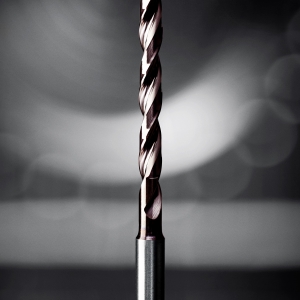


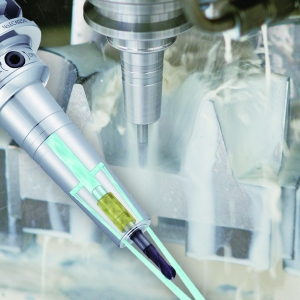
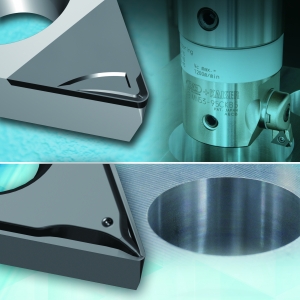
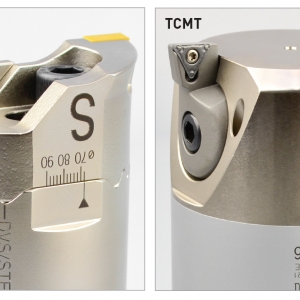


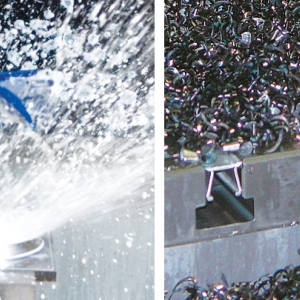
 PRODUCTS
PRODUCTS

